QR codes are everywhere, from product packaging to marketing flyers, offering a seamless bridge between the physical and digital worlds. For marketers and SEO experts stepping into the technological aspect of QR codes, understanding how to use a QR code API is crucial.
In this comprehensive guide, we delve into the essentials of QR Code APIs, emphasizing their importance, diverse use cases, and how they can transform your marketing strategies.
We set the stage for your journey into the world of QR codes, taking you through what an API for QR codes entails, why it's a game-changer for your marketing pursuits, and where these powerful tools are most effectively deployed.
Let's dive into it!
What is API for QR Codes?
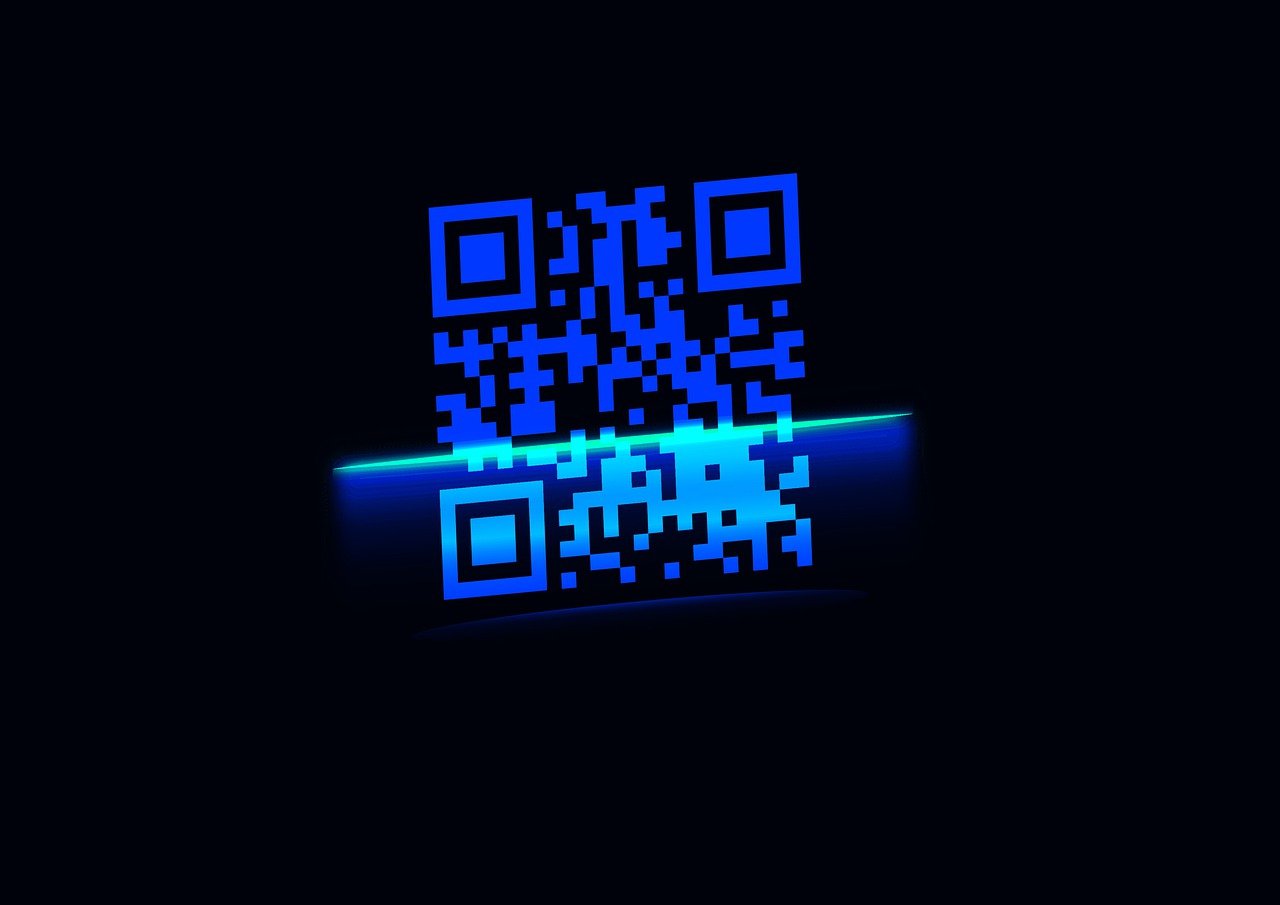
An API, or Application Programming Interface, acts as a software intermediary that allows two applications to communicate with each other.
In the context of QR codes, a QR Code API enables your application to generate QR codes on the fly, with the ability to customize, track, and manage them within your software environment.
This means you can program your systems to create QR codes without needing an external application or software, optimizing processes like customer outreach, product tracking, or interactive marketing campaigns.
The Importance of Features of QR Code API
Understanding 'how to use a QR code API' starts with recognizing the features that make it indispensable:
- Dynamic QR Code Generation: Unlike static QR codes, a QR code API generates dynamic codes, allowing for the information they link to be updated in real time. This is vital for marketers in keeping content fresh and engaging.
- Customization and Branding: With a QR code API, you can customize the design of QR codes to resonate with your brand identity, incorporating colors, logos, and more. Such custom QR codes can significantly enhance brand recall and visibility.
- Data Analysis and Management: These APIs often come equipped with analytics tools. You can track how many times a QR code was scanned, when, and even where, providing valuable insights into customer behavior and campaign performance.
- High-Level Security: For businesses concerned with security, QR code APIs offer secure code generation, ensuring data privacy and minimizing the risk of tampering or phishing.
These features collectively contribute to a more interactive and enriched user experience and empower marketers to run highly targeted and responsive campaigns.
Top Use Cases for QR Code Generator API
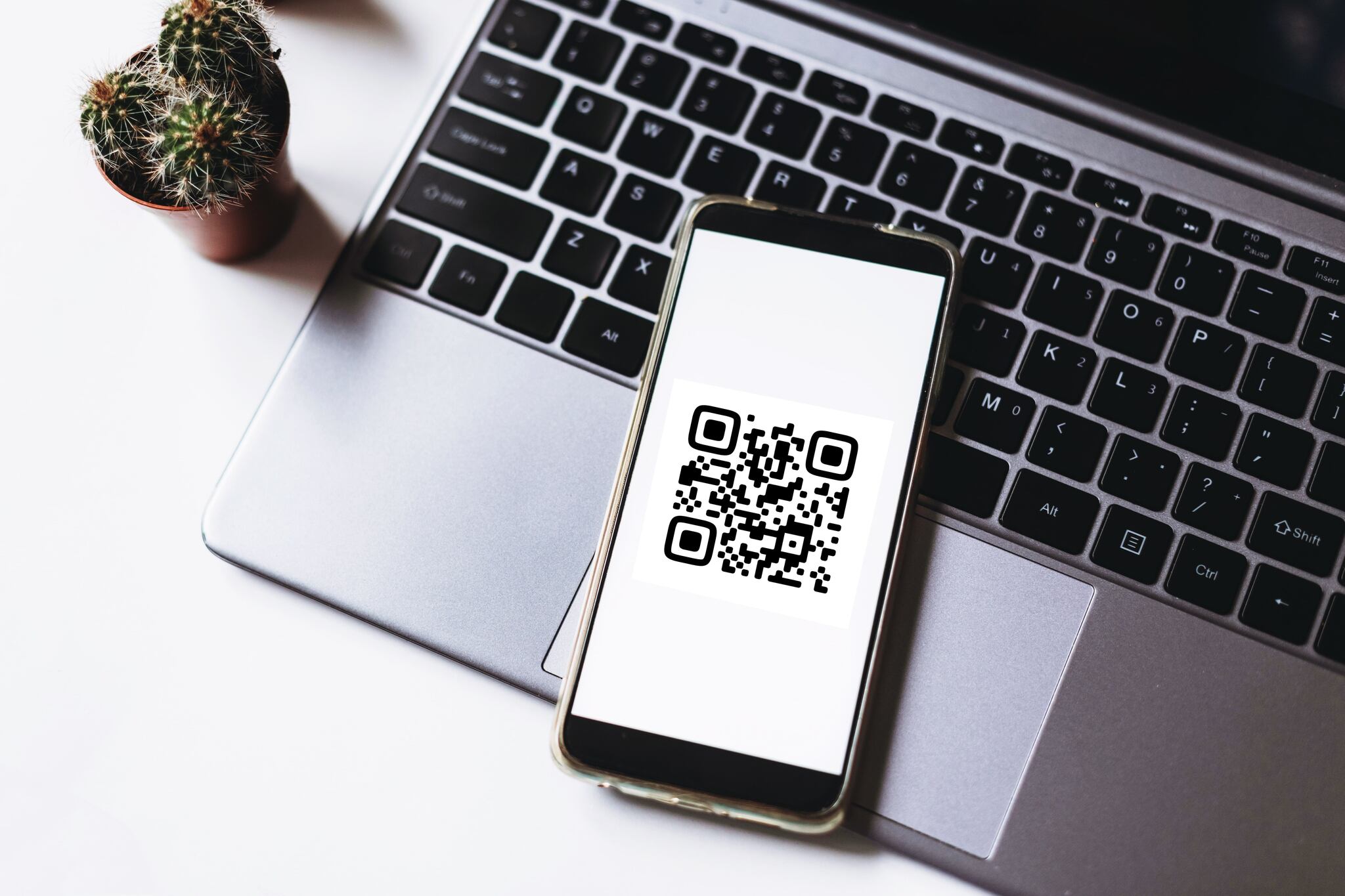
QR Code APIs hold a realm of possibilities for various marketing strategies. Below are scenarios where knowing how to use a QR code API can dramatically impact your engagement metrics:
- Product Packaging: Implement QR codes on packaging to provide customers instant access to product details, user manuals, authenticity verification, or interactive after-sale services.
- Event Marketing: Enhance event tickets, VIP passes, and promotional flyers with QR codes for quick access to event details, registrations, and real-time updates.
- Personalized Marketing: Send out personalized QR codes via email or text messages that lead to customized landing pages, enhancing user engagement through a personal touch.
- Location-Based Promotions: Use QR codes in physical locations to offer exclusive promotions and product launches or use them in scavenger hunts to create interactive brand experiences.
- Digital Business Cards: Network effortlessly by employing QR codes on business cards, leading scanners straight to your professional profile or corporate website.
By integrating QR Code APIs, businesses can engage with customers on multiple levels, combining convenience with captivating, interactive content.
How to Get Started with the QR Code API?
Embarking on the QR code journey leverages your marketing strategies and bridges the gap between offline and online media. Grasping 'how to use a QR code API' may seem daunting at first, but we're here to guide you through a simplified, step-by-step process.
Whether it's generating basic QR codes or customizing them to reflect your brand's aesthetics, we've got you covered. Let's unlock the potential of QR codes together!
Starting with a QR Code API isn't a herculean task; however, it does require a systematic approach. Here's how you can kickstart this tech-savvy journey:
- Research and Select a QR Code API: Begin by exploring various QR code API services available in the market. Look for reliability, scalability, support, and features they offer. Your chosen platform should align with your marketing needs. You can use QRCodeDynamic for QR code API.
- Sign Up and Obtain API Key: Once you've signed up, you'll need to get your API key. Upon registration, you'll receive an API key. This key is crucial as it grants you access to the API, allowing for secure communication between your application and the QR code service.
- Go to the "API" page from your profile, and navigate to the "API" part from the dashboard & get your API key.
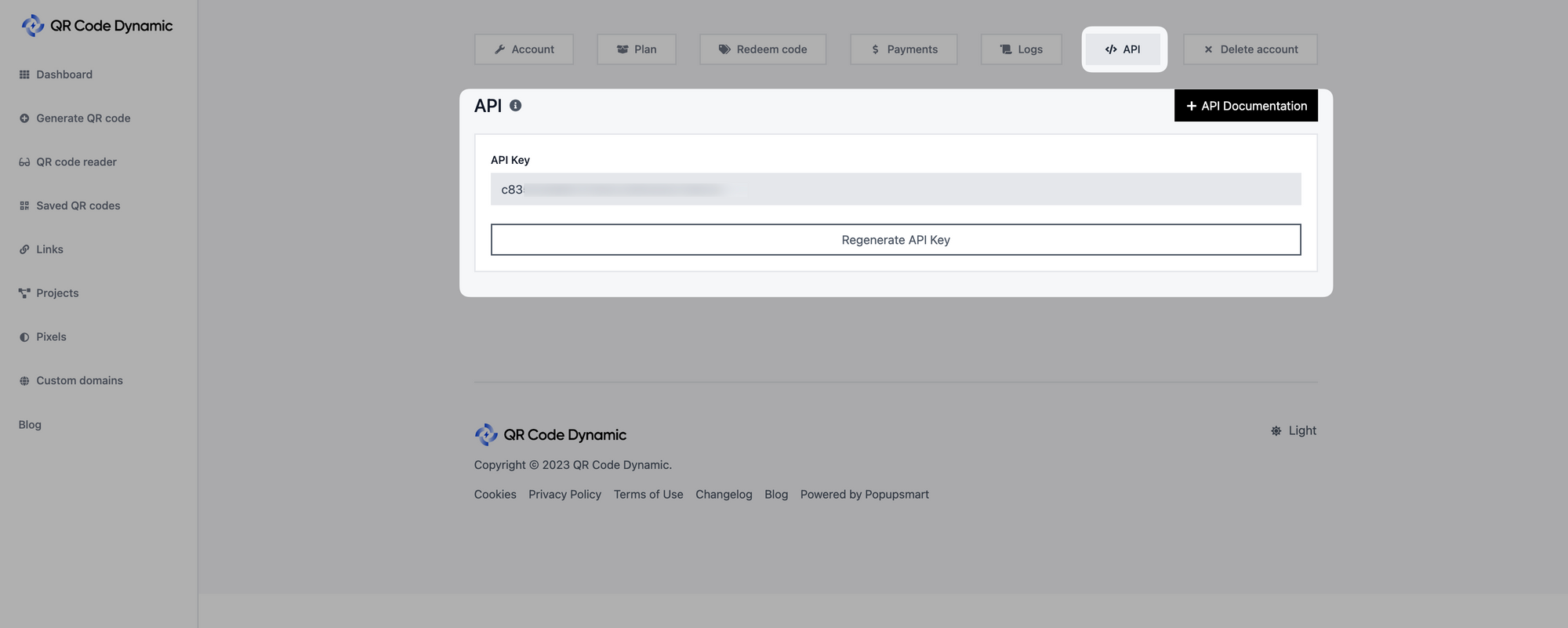
- Read the API Documentation: Familiarize yourself with the provider's API documentation. Each service has its unique set of rules and functions that you can call. The API documentation is your guide to understanding what's possible with your chosen QR Code API. In this part, you can see the available API endpoints.
- Set Up Your Development Environment: Depending on your technical setup and the tools you use (like Python, JavaScript, PHP, etc.), you'll need to configure your environment to make calls to the API service. This step might involve installing SDKs or setting up necessary libraries.
- Test Out Basic Requests: Before going full throttle, test the waters. Try making basic requests to the API, such as generating a simple QR code. Use the response to troubleshoot any issues and to understand the kind of data you receive.
- Integrate into Your Workflow: Once you're comfortable with the basic operations, integrate the API calls into your actual project or marketing workflow. This step will differ vastly depending on your campaign requirements and execution channels.
Advanced Features of QR Code API

As you delve deeper into the world of QR codes, mastering the basics is just the starting point. The real game-changer lies in harnessing the advanced features of a QR Code API.
These functionalities are what truly empower marketers and SEO experts to craft innovative, engaging, and secure QR code campaigns. Let's explore these sophisticated features that will allow you to take your QR code game to the next level!
Secure and Easily Scannable QR Codes
In the digital age, security is paramount. One of the standout features of using a sophisticated QR Code API is the enhanced security protocols it offers. But how does this translate into your QR code campaigns?
- SSL Support: High-end QR Code APIs facilitate SSL encryption, ensuring that the data transmitted during the QR code generation and scanning processes is secure. This feature is crucial for QR codes that link to confidential information or facilitate transactions.
- Scam Protection: Some QR Code APIs incorporate features that alert users when a QR code directs to potentially harmful content or phishing scams, thereby safeguarding user trust in your QR codes.
- Controlled Access: For campaigns requiring exclusivity, QR Code APIs offer features like password protection or expiration dates for QR codes, ensuring that only the intended audience can access the content for a specific period.
Ensuring your QR codes are secure enhances user trust and confidence in your campaigns, knowing their data and privacy are not at risk.
Customizable QR Codes
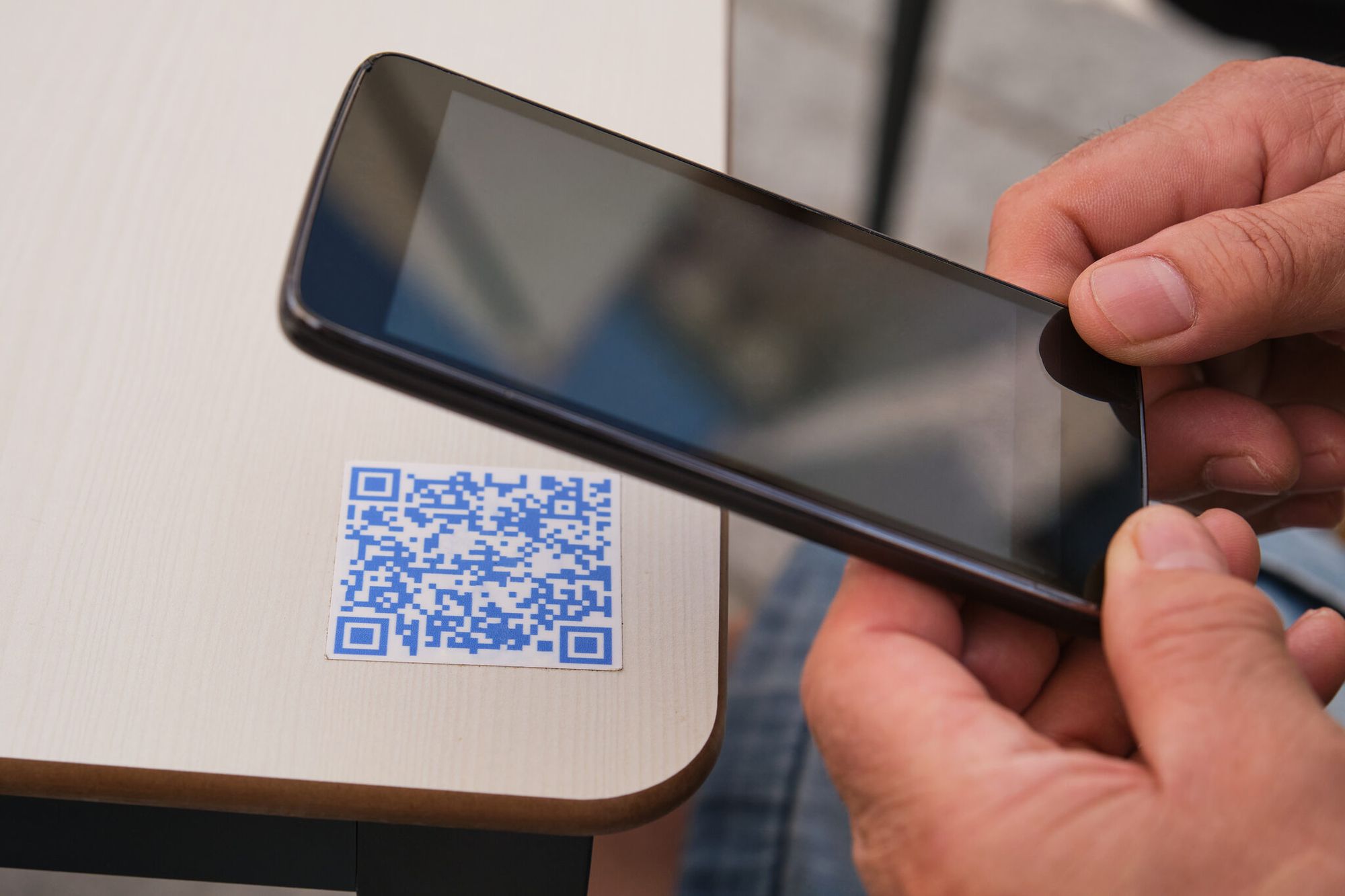
One of the most convenient and advanced features of using a QR Code API is the ability to edit QR codes post-generation. Gone are the days of 'one-and-done' QR codes. With dynamic QR codes, you have the flexibility to:
- Update Content Linked to the QR Code: Whether it's a change in campaign details, product information, or linked promotional offers, you can update the URL or content the QR code directs to without changing the code itself.
- Modify Design Elements: Need to tweak your logo color scheme or add a new call to action? Some QR Code APIs allow you to alter the design elements of your QR codes without the need to generate new ones.
This feature is particularly beneficial for printed marketing materials, where reprinting with new QR codes can be cost-prohibitive. It's also a sustainability win, reducing waste from outdated print materials.
Real-time Generation and Tracking
The power to generate QR codes in real time is a boon for dynamic marketing strategies, allowing for on-the-fly customization and distribution. But that's not all. Paired with real-time tracking, this feature becomes a formidable tool in your marketing arsenal.
- Instant QR Code Generation: Whether you're hosting live events, creating instant coupons, or pushing flash promotions, real-time generation helps you create QR codes instantly, keeping your content fresh and timely.
- Live Tracking and Analytics: This feature enables you to monitor the performance of your QR code campaigns in real time. Track metrics like scan counts, locations, time stamps, and device types to gain insights into user engagement and behavior.
- Data-Driven Decision Making: Real-time data and analytics support agile marketing strategies, helping you make informed decisions. Adjust campaign elements based on current performance trends or user interaction levels to optimize your strategies.
The ability to generate and track QR codes in real time ensures your finger is always on the pulse, allowing for a responsive and adaptive approach to your marketing efforts.
Integrating Advanced Features in Your Campaigns
Now that you're aware of these advanced features integrating them might seem overwhelming. Worry not! Here's how you can make these features work for you:
- Plan Your Strategy: Identify which advanced features are most beneficial for your campaign. Is it the security aspect, the flexibility of editing, or the power of real-time analytics? Your campaign goals will dictate this choice.
- Understand API Capabilities: Revisit your QR Code API documentation or get in touch with customer support to understand the specifics of implementing these features. Each API has different methods and protocols.
- Test Extensively: Before a full rollout, test these features thoroughly. Generate test QR codes incorporating these advanced features, scan them, and evaluate the user experience to ensure everything works seamlessly.
- Monitor and Adapt: Once your campaign is live, use the real-time analytics feature to monitor performance closely. Be prepared to make quick decisions and adapt your strategy based on user engagement data.
- Gather Feedback: Especially for new implementations, user feedback is gold. Understand their experiences, what worked well, and what didn't. This feedback will be invaluable for future campaigns.
Integrating QR Codes

You've navigated the realms of QR code generation explored the advanced features, and now you stand at the precipice of real-world application.
Integrating QR codes into your marketing strategies or digital platforms is the bridge between the technical process and interactive user experience. It's where your audience meets your digital content in the physical world. Ready to launch into this phase? Buckle up; we're taking you step-by-step through the integration process!
Steps to Integrate a QR Code into Your Website
Integrating a QR code into your website may seem complex, but it's a straightforward process.
Whether it's for downloading an app, simplified navigation, or contactless transactions, QR codes enhance your website's user experience. Here's how to embed this tech gem into your site:
- Identify the Purpose: Determine the primary function of the QR code on your website. Are you using it to redirect users to other platforms, share exclusive content, or provide contact details? The purpose will guide its placement and design.
- Generate the QR Code: Use your QR Code API to create a code that links to your desired destination. Here's where you customize its appearance to match your website's aesthetics and brand identity.
- Optimize the Design: Ensure your QR code is large enough to be scanned easily. Typically, a 2 x 2 inch (approximately 50 x 50 mm) QR code works well. Also, verify that it contrasts with the background so it stands out clearly.
- Choose a Strategic Location: Place the QR code where visitors can easily find it—common areas include the header, footer, sidebar, or a dedicated 'Contact Us' section. The placement should be intuitive based on the QR code's purpose.
- Test Its Functionality: Before going live, test the QR code's functionality. Scan it using different devices to ensure it redirects correctly and the size is conducive to quick scanning.
- Monitor User Interaction: Use web analytics to track how often visitors use the QR code. This data helps analyze its effectiveness and informs any necessary changes to placement or functionality.
Extracting Data from QR Codes
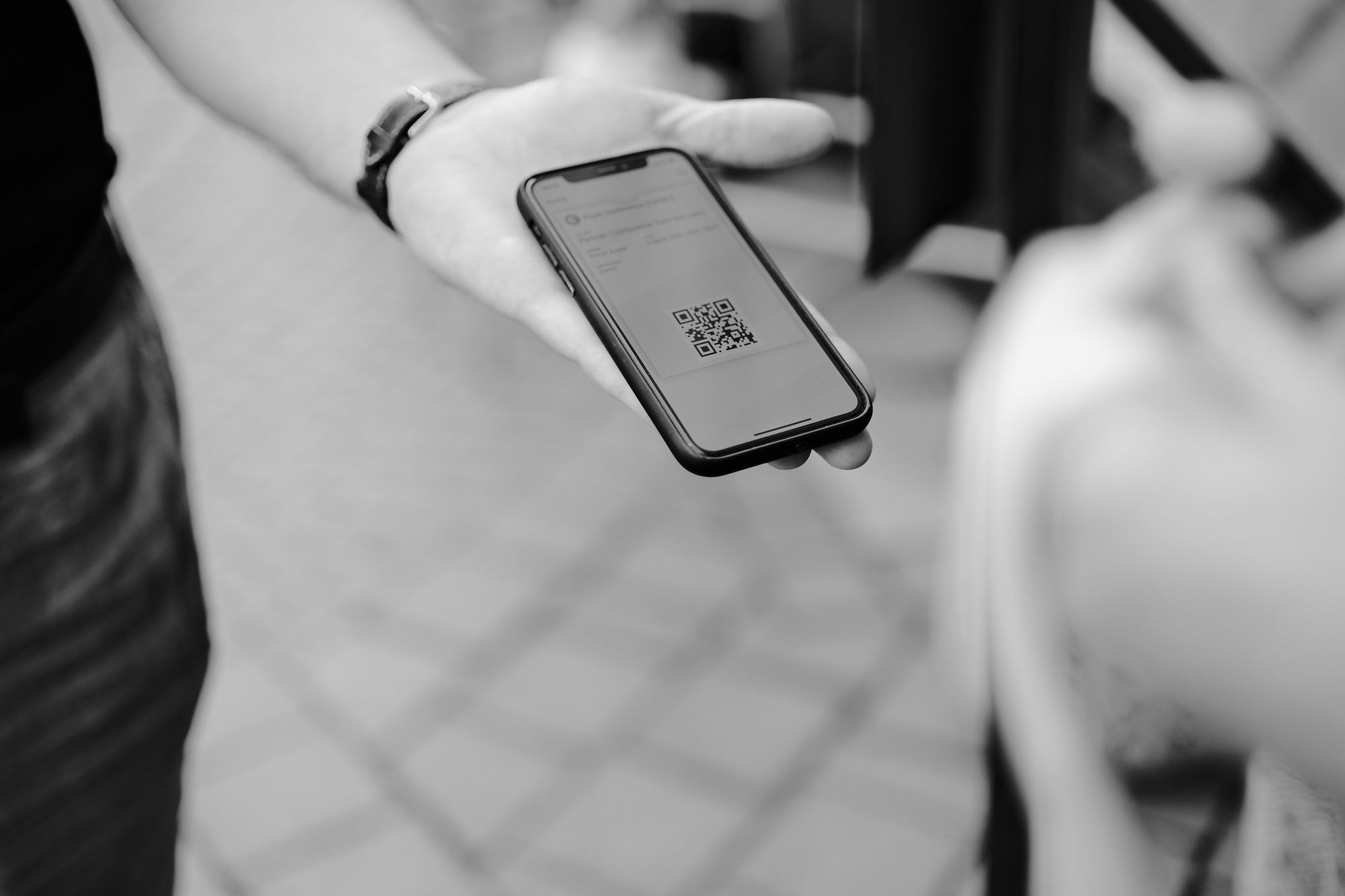
As you revel in this milestone, you're about to uncover another gem in the world of QR technology: extracting data from QR codes.
This phase is like opening a treasure chest; you've unlocked the door, and now it's time to discover the wealth inside.
Data extraction not only provides valuable insights into user interaction but also helps tailor future marketing endeavors for maximum impact. Ready to dive in? Let's unfold the magic behind the squares!
Understanding the 'What' and 'Why' Behind Data Extraction
Before we delve into the 'how,' let's understand what data extraction from QR codes means and why it's a game-changer for marketers and SEO experts.
- What Is Data Extraction in QR Codes? Data extraction in the context of QR codes refers to retrieving information from the code scans. This data typically includes the number of scans, the operating device used, the scan location, and the time of the scan. Essentially, it's like getting a behind-the-scenes look at user interaction.
- Why Extract Data? Extracting data is pivotal for several reasons. It helps you understand your audience better, gauges the effectiveness of your QR codes, and offers insights to refine your strategies. Are people interacting with your codes? What demographic finds your content compelling enough to scan? These nuggets of information are marketing gold, helping you craft targeted, impactful campaigns.
The Mechanics: How Do I Extract Data from a QR Code?

Now, onto the exciting part—how you can start extracting data from your QR codes. While it might seem intricate, we've broken it down into manageable steps:
- Use a Dynamic QR Code: Unlike their static counterparts, dynamic QR codes are mutable and trackable. They redirect users through a URL, allowing the QR system to log different data points when scanned. If you're not already using dynamic QR codes, it's easy to switch to a QR Code API.
- Access the Analytics Dashboard: QR code generators often come with an analytics dashboard. After you've launched your campaigns, it's crucial to set aside time to log in and review the data. This dashboard, depending on the tool, provides a wealth of information, including total number of scans, location of scans, type of devices used for scanning, date and time of scans.
- Deep Dive into the Data: Don't just skim the surface. Dive deep into the analytics. Are there more scans on weekends? Are users scanning from home or on the go? Understanding these nuances enhances your strategies, allowing for data-driven decision-making.
- Export Data for Further Analysis: Sometimes, the dashboard's confines can be limiting. Most systems allow you to export data to software like Excel or Google Sheets for more thorough analysis. Here, you can view trends, compare datasets, and even predict future patterns using historical data.
- Leverage Data for Strategy Refinement: Data extraction isn't just a pat on the back for a job well done; it's a compass for the road ahead. Use this treasure trove of information to tweak your QR code campaigns. If certain codes aren't performing well, maybe they need to be more visible. If scans are high in a specific area, consider increasing your marketing efforts there.
Conclusion
Embarking on the QR code journey, from understanding its API to extracting valuable data, is akin to navigating a river. There are calm stretches and rapid strides, but each phase is an adventure, bringing you closer to your destination of digital marketing prowess.
You've learned not just how to use a QR code API but also to integrate, innovate, and interpret the digital footprints left by each scan. In this journey, every QR code you generate is a beacon, guiding your audience toward deeper engagement with your brand.
As we anchor at this journey's conclusion, let's address some frequently asked questions that might pop up as you navigate the QR code waters:
Visit these articles before leaving:


